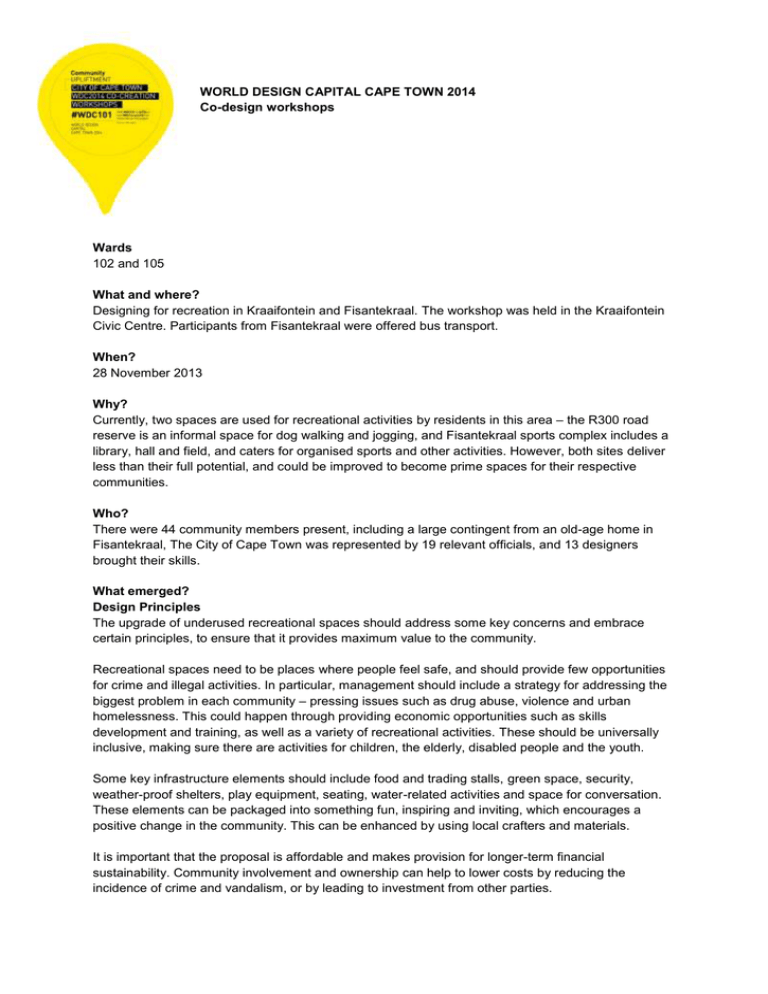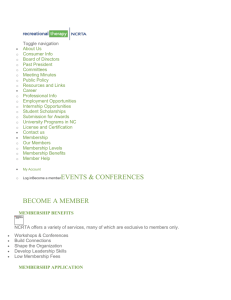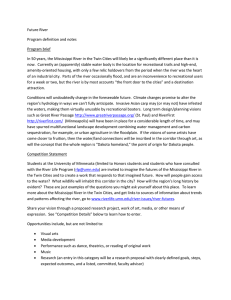WORLD DESIGN CAPITAL CAPE TOWN 2014 Co-design workshops Wards
advertisement

WORLD DESIGN CAPITAL CAPE TOWN 2014 Co-design workshops Wards 102 and 105 What and where? Designing for recreation in Kraaifontein and Fisantekraal. The workshop was held in the Kraaifontein Civic Centre. Participants from Fisantekraal were offered bus transport. When? 28 November 2013 Why? Currently, two spaces are used for recreational activities by residents in this area – the R300 road reserve is an informal space for dog walking and jogging, and Fisantekraal sports complex includes a library, hall and field, and caters for organised sports and other activities. However, both sites deliver less than their full potential, and could be improved to become prime spaces for their respective communities. Who? There were 44 community members present, including a large contingent from an old-age home in Fisantekraal, The City of Cape Town was represented by 19 relevant officials, and 13 designers brought their skills. What emerged? Design Principles The upgrade of underused recreational spaces should address some key concerns and embrace certain principles, to ensure that it provides maximum value to the community. Recreational spaces need to be places where people feel safe, and should provide few opportunities for crime and illegal activities. In particular, management should include a strategy for addressing the biggest problem in each community – pressing issues such as drug abuse, violence and urban homelessness. This could happen through providing economic opportunities such as skills development and training, as well as a variety of recreational activities. These should be universally inclusive, making sure there are activities for children, the elderly, disabled people and the youth. Some key infrastructure elements should include food and trading stalls, green space, security, weather-proof shelters, play equipment, seating, water-related activities and space for conversation. These elements can be packaged into something fun, inspiring and inviting, which encourages a positive change in the community. This can be enhanced by using local crafters and materials. It is important that the proposal is affordable and makes provision for longer-term financial sustainability. Community involvement and ownership can help to lower costs by reducing the incidence of crime and vandalism, or by leading to investment from other parties. While meeting user needs, there should also be a focus on respecting the environment and enhancing sustainability, including access to good-quality water resources and a restored natural environment. Eco-friendly design principles, simple signage, and clear messaging can help to support this approach. Visions The Fisantekraal proposal includes rezoning of certain surrounding properties to medium-density mixed use, to allow for multi-storey buildings overlooking the site. On the site itself, the following are recommended: an upgrade for enclosed mini soccer pitches a spectators' stand an outdoor gym and play park space for eventing upgrade of the surface and lighting space for urban farming a weekly night market Water capture below the field for irrigation purposes is highly recommended. A low-impact proposal for the R300 road reserve includes a number of interventions, including more space for informal car parking, outdoor gym equipment, bridges over stormwater channels, a pop-up market area, a productive food garden, children's play area, kick-about lawn, water feature, bird hide, boardwalk, low post-and-rail fencing, and indigenous gardens. What next? Both of the design visions were presented to subcouncil. The project manager for the R300 road reserve will incorporate the design proposal into the greater Kuils River Corridor plans, while the ward councillor drives community involvement through the set-up of a 'Friends' group. The Fisantekraal 'activation' will be driven by the ward councillor who will liaise with an adjacent school with regard to setting up an eco-club and getting schoolchildren involved.





